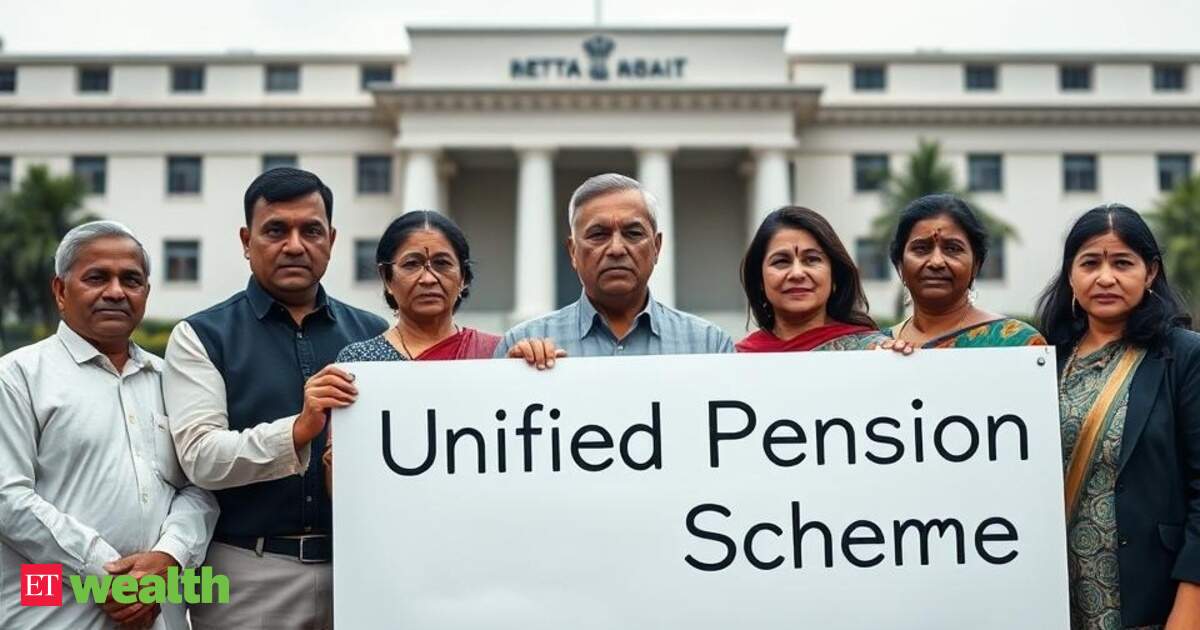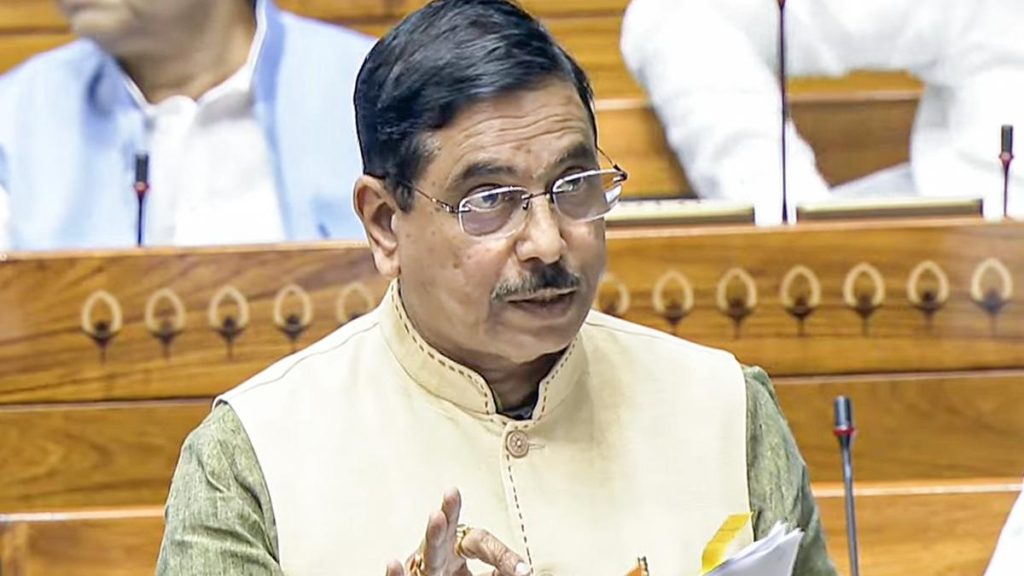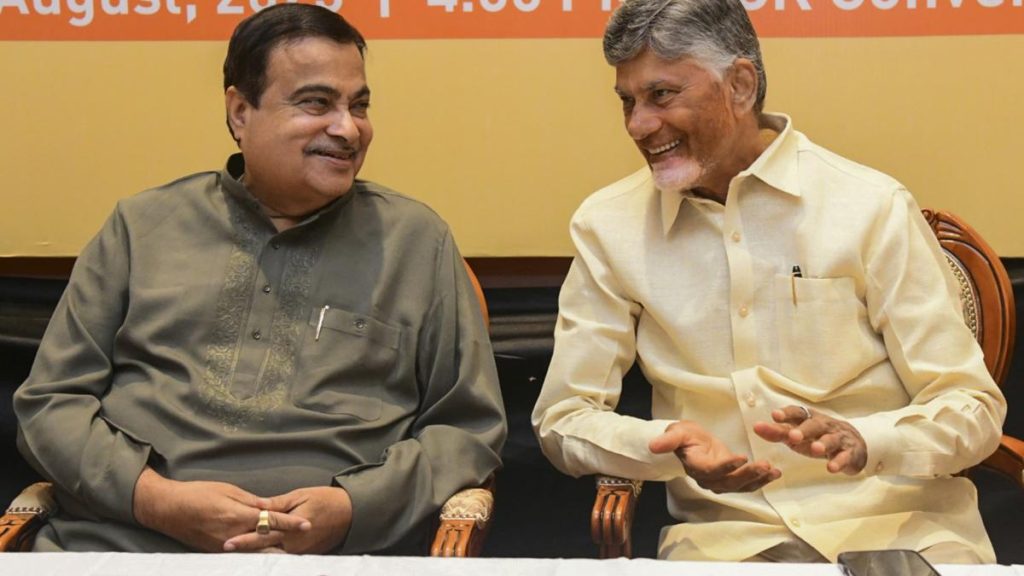Now Reading: Unified Pension Scheme Notified: Key Details You Should Know
-
01
Unified Pension Scheme Notified: Key Details You Should Know
Unified Pension Scheme Notified: Key Details You Should Know

Quick Summary:
- Notification & Timeline: PFRDA announced operational guidelines for the Unified Pension Scheme (UPS), effective April 1, 2025, applicable to central government employees under NPS.
- Eligible Participants: Includes current employees covered under NPS as of April 1, 2025; new recruits post-April 2025 opting within 30 days of joining; retired employees meeting specific criteria; and legally wedded spouses of deceased retirees.
- Irrevocable Decision: Once opted, choosing UPS is final and cannot be reversed. Opting excludes claims for other benefits or policy changes later.
- Contribution Details: Monthly contributions are set at 10% of basic pay and dearness allowance (DA), matched by an equal government contribution. an additional estimated government contribution (8.5%) supports payouts.
- Guaranteed Payouts: Minimum payout guaranteed is Rs.10,000/month after completing at least ten years qualifying service or proportionate assured payouts based on service duration/payment benchmarks.
- Investment Options: Subscribers may choose default investment patterns or elect other funds registered with PFRDA including equity-capped lifecycle schemes (choices reset annually).
- Withdrawal Rules: Partial withdrawals allowed thrice after a three-year lock-in period but restricted under certain conditions like owning property. Withdrawal amounts capped at specific corpus limits.
Indian Opinion Analysis:
The introduction of the Unified pension Scheme represents a significant reform aimed at ensuring greater security for central government employees in retirement while harmonizing features distinct from the existing national Pension Scheme (NPS). The scheme’s financial model-with dual contributions by subscribers and employers-is poised to enhance long-term savings stability while guaranteeing minimum disbursements irrespective of market volatility.
However, critical decisions like irrevocability limit flexibility for subscribers, underscoring the Government’s intent to consolidate retirement planning into one structured framework. The additional investment control options offer transparency but require sound decision-making from users unfamiliar with pension fund intricacies.The UPS coudl face challenges in adoption among state governments who may need supplementary reforms or legislative push to include their workforce in similar provisions. Additionally,the exclusionary clause that prohibits assured payouts upon resignation or dismissal poses fairness concerns vis-à-vis life circumstances altering career continuity-for example health-related exits before mandated tenure.
From broader economic perspectives-ensuring future pension liquidity amidst these regulatory safeguards strengthens India’s institutional funding models alongside promising employee welfare without over-burdening public coffers via guarantees less reliant on annuity intermediaries.






















